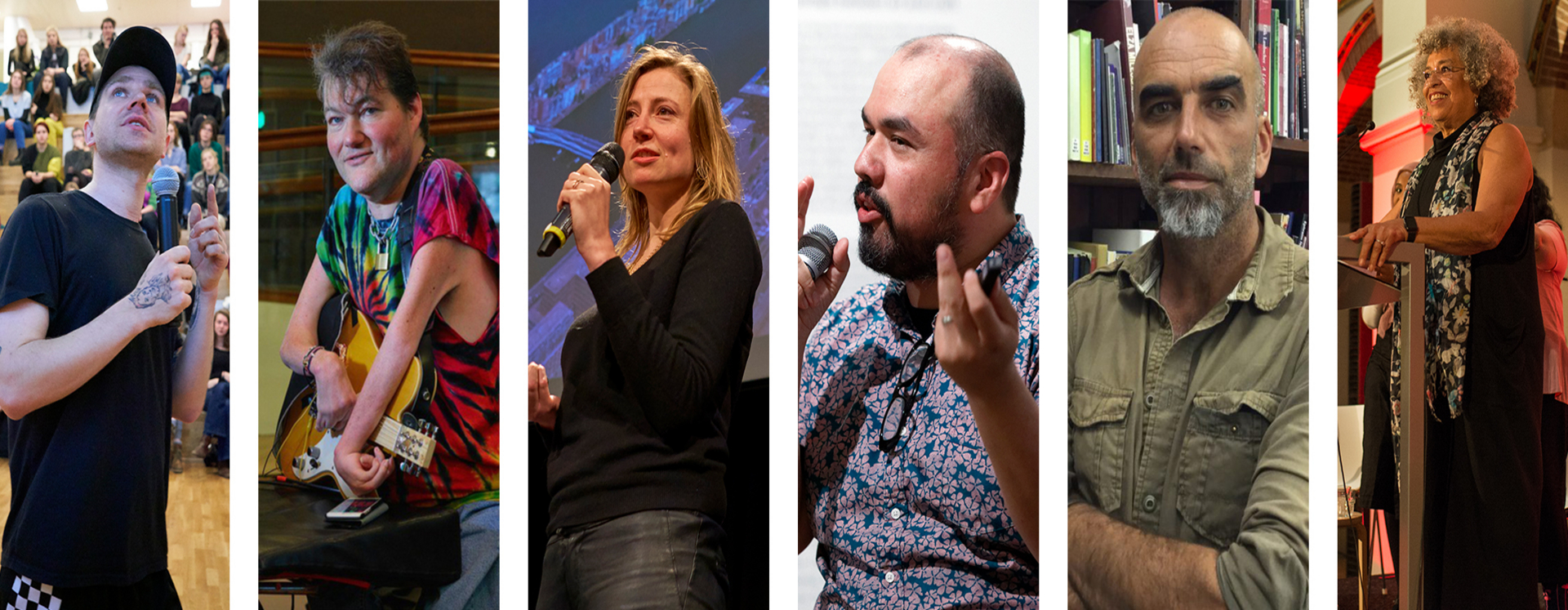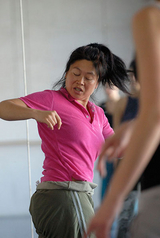Nita Liem
Go Big or Go Home
de Theaterschool 2007-2008
The territory of the contemporary dance teacher is becoming an increasingly complex one. Among young people, dance is currently the most popular art form. The number of venues, amateur festivals and educational platforms continues to grow, for many reasons – not the least important of which is that dance is an especially suitable form for bridging social and cultural differences. Young dance teachers are being confronted with a new generation of dance devotees that is as open to the multiplicity of cultures as it is to artistic disciplines. Through hiphop, breakdance and rap it wants to give a voice to its urban reality. Despite this, cultural diversity receives relatively little attention within Dutch professional dance education. There demand within these vigorous intercultural dance practices for professionalisation and opportunities to invest in artistic and didactic research.
By inviting Nita Liem and her dance company Don’t Hit Mama to become AIRs, the Dance Teacher course took the initiative of introducing new practices to the school, providing opportunities for collective experimentation and dance education from a multicultural perspective. This collaboration with strongwilled dance makers turn out to be an exceptionally effective way of having the course develop towards one that will in the future properly reflect a dynamic, variegated field of operations.
Equality is key to this process, both in the sharing of knowledge and expertise and in the acknowledgement of unconventional reference points and experiences outside established structures – educational or otherwise.
Nita Liem has followed closely the development of AfroAmerican, urban and social dance traditions since the beginning of her career; she has resided in New York, South Africa and Senegal. In 2000, Liem founded her own company Don´t Hit Mama together with Bart Deuss, focusing on young audiences more familiar with street culture than theatre tradition. The group’s inspiration is drawn from multicultural reality of those living in big cities – and their unrestrained and aleatoric lifestyle.
publication
DVD Nita Liem
Move in the Modern World
Finding the multiple body, by Funmi Adewole Kruczkowska in ON AIR 4





